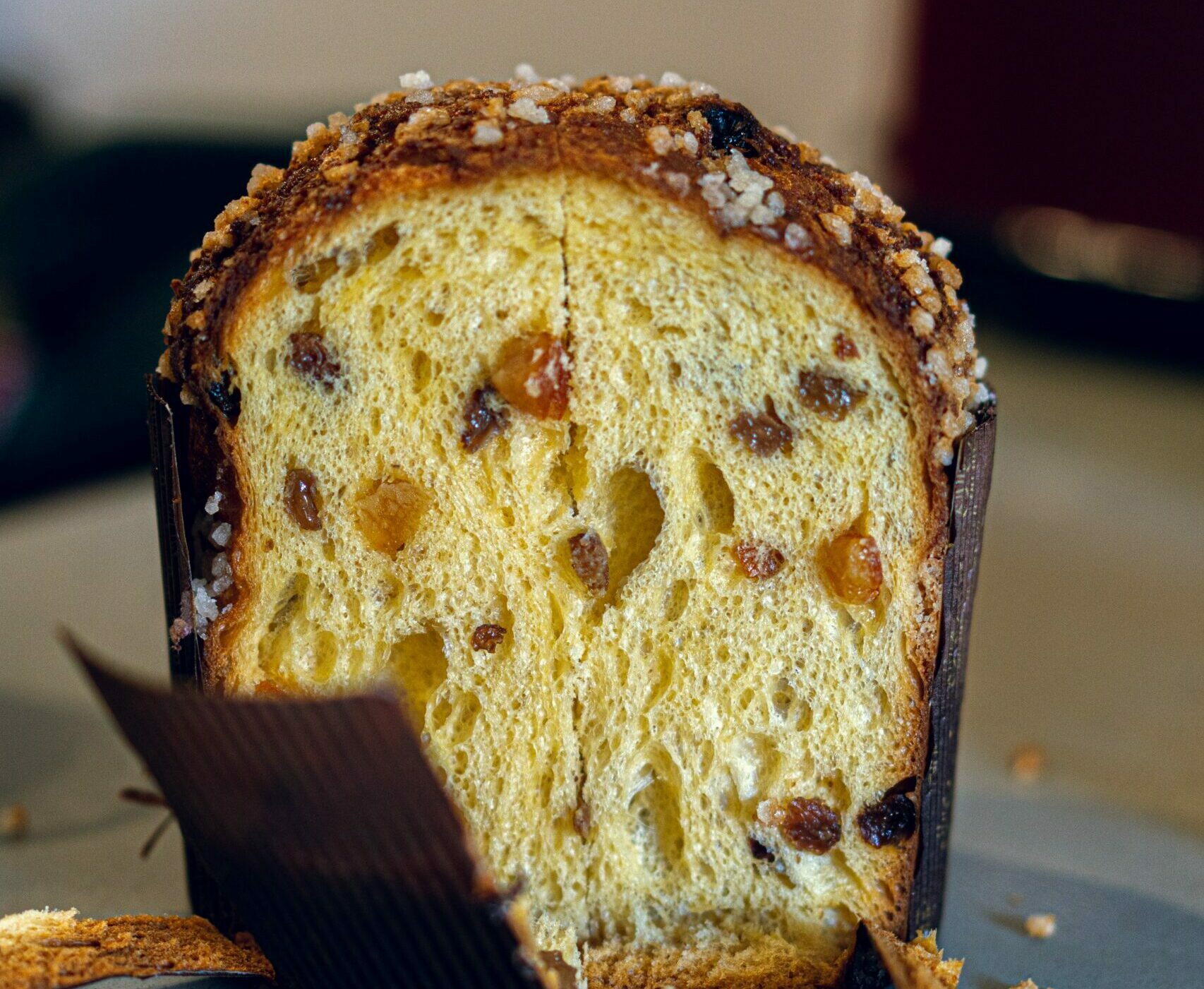Milan
What to eat
Milanese cuisine is known for being strongly influenced by the local territory and shaped by the historical influences of different rulers and its role as a trading center. The region’s rice cultivation in the lowlands has popularized risottos as a staple dish. Additionally, the tradition of cattle and pig breeding in the area has given rise to typical meat and charcuterie dishes. The cold winter climate, combined with the availability of firewood, has led to the development of slow-cooked dishes like soups, boiled meats, and braised meats. Overall, Milanese cuisine reflects a rich culinary heritage influenced by both local resources and historical factors.
COTOLETTA

The Cotoletta, derived from the French word “côtelette,” is a dish from the oldest Milanese tradition. It is mentioned as early as 1148 in a document preserved in the Basilica of Sant’Ambrogio as “lumbulus cum panitio,” meaning loins with grated bread. Veal and butter are the only ingredients needed to make a perfect Milanese-style cotoletta, which can be served in two variations: the traditional one, slightly thicker and served with the bone, or the so-called “elephant’s ear,” thinner and larger.
RISOTTO ALLA MILANESE

The secret of this traditional Milanese dish is in the simplicity of the ingredients that, when combined, create a refined and silky flavor. The onion is browned with butter and oil, the rice is toasted and doused with white wine, then cooked al dente in meat stock. It is then whipped with butter, Parmesan cheese and saffron, an ingredient that gives the specialty its precious color. Yellow risotto is said to have originated in 1574, from the experiment of an eccentric painter who, wanting to impress his guests, decided to color risotto with saffron.
PANETTONE

Panettone is a typical Italian sweet dessert, originating from Milan, usually prepared and enjoyed during the Christmas season. Adorned with raisins or candied fruit, panettone is among the most beloved Christmas sweets. This simple dough, made from yeast, butter, eggs, and flour, has captured the hearts of the most indulgent palates. It is often accompanied by coffee, sweet wine, or sparkling wine, pastry creams, chocolate or zabaglione.

